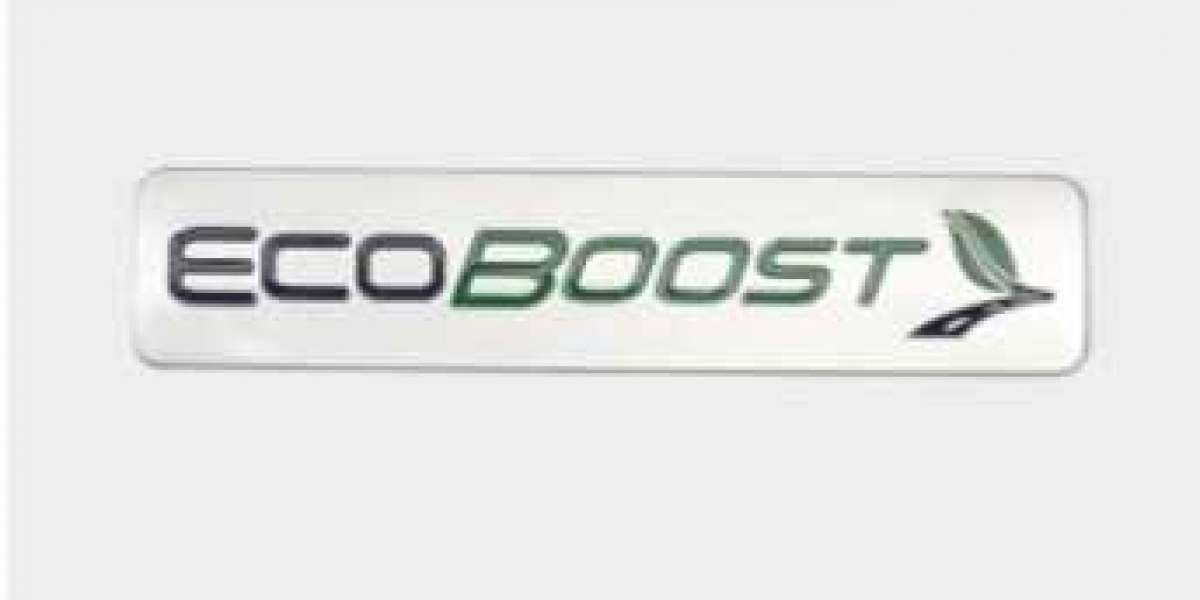Evaluating whether an Aluminum Diamond Cut Logo can withstand scratching and impact involves a detailed understanding of its surface treatment, base material quality, and the testing methods used during its development. This type of logo is often used in high-visibility applications such as branding on consumer electronics, automotive emblems, and industrial nameplates, where both appearance and durability are critical. To ensure it maintains its pristine look and structural integrity over time, manufacturers and users must rely on standardized assessments that simulate real-world conditions.
The first element influencing scratch resistance is the surface finish applied to the Aluminum Diamond Cut Logo. Anodizing is a common method used to harden the outer layer of aluminum, improving its resistance to abrasion. Anodized coatings are integrated into the aluminum surface itself, unlike paint or stickers that can peel or flake. When evaluating scratch resistance, a pencil hardness test may be applied. This test uses pencils of varying hardness to mark the surface and determine the point at which visible damage occurs. A higher resistance rating indicates better protection against everyday wear, such as contact with fingernails, keys, or tools. In more advanced evaluations, nano-indentation techniques can be used to assess the mechanical strength of the surface at a microscopic level, offering precise insight into its resistance to scratches.
Impact resistance, on the other hand, refers to the logo’s ability to absorb sudden force or shock without denting, cracking, or becoming detached. An Aluminum diamond-cut logo intended for high-traffic or outdoor environments must perform well under physical stress. Impact testing may include dropping a weighted object onto the logo from a specified height or applying a sudden load with a calibrated instrument. These tests reveal how well the aluminum and any backing materials dissipate energy and whether the finish can remain intact without showing deformation. The thickness of the aluminum and the presence of any support layers also contribute to overall impact resistance, with thicker or reinforced designs usually offering greater protection.
Field testing is equally important. A logo may be mounted in locations where it is exposed to harsh use—such as on doors, dashboards, or outdoor equipment—and then inspected over time for signs of surface degradation or damage. This long-term exposure helps determine how the logo performs when subjected to repeated friction, environmental particles like sand or dust, and accidental impacts during daily use. Manufacturers may also simulate these conditions in laboratory environments through accelerated wear tests, combining vibration, temperature changes, and mechanical abrasion to closely mirror actual usage scenarios.
Another important factor is the quality of adhesion between the logo and the surface to which it is applied. Even if the surface resists damage, a poorly bonded logo may detach or shift when struck. Therefore, evaluation also includes peel or shear testing to measure bonding strength, particularly for logos used on curved or uneven surfaces. Proper adhesion is essential not just for durability, but also for maintaining brand visibility and professional appearance over time.
In conclusion, determining whether an Aluminum diamond-cut logo is scratch- and impact-resistant involves a combination of laboratory testing, material analysis, and real-world simulations. Through pencil hardness, drop impact, and adhesion strength tests, manufacturers can verify whether the logo meets durability standards for its intended application. By understanding these evaluation methods and selecting products that meet high-performance criteria, businesses can ensure that their logos remain sharp, attractive, and undamaged in demanding environments.
Materials: Aluminum
Thickness: 1mm, 1.5mm, 2mm, 3mm, 5mm
MOQ: 100pcs, all depends customer's request, small orders are accepted
Size and shape: Oval, rectangle, square, round, irregular shapes, and customized
Colors: Customized colours matching with Pantone, RGB, CMYK
Printing: Silkscreen printing, painted
Backing: Strong permanent adhesive, holes, studs
Cutting: Die cut








